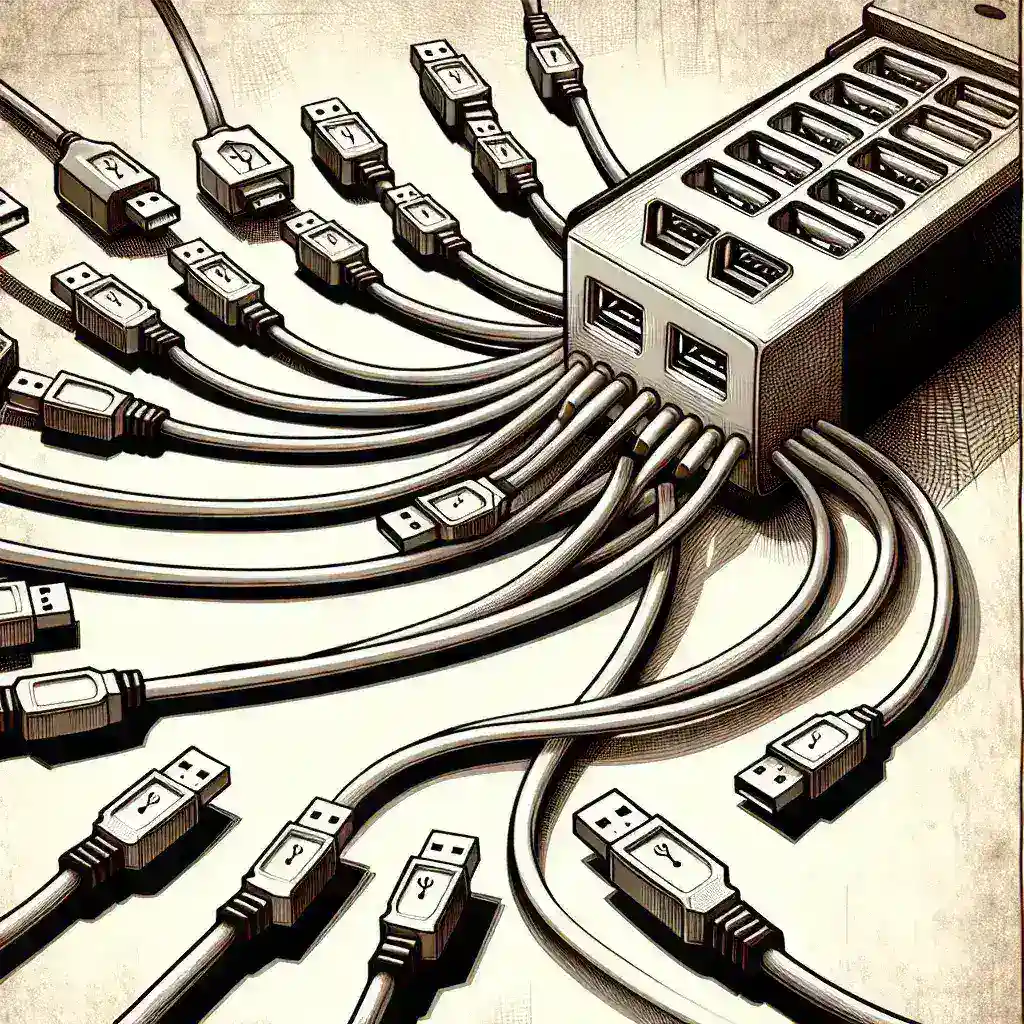Introduction
In today’s tech-driven world, the ability to connect multiple devices to a single USB port is essential. Whether you have a laptop, desktop, or gaming console, running out of USB ports is a common nuisance. This leads many users to ponder whether a USB splitter can be used to connect a USB hub and subsequently expand the number of usable ports. In this article, we will explore the functionality of USB splitters and hubs, when and how to use them, and provide valuable insights into their compatibility and effectiveness.
Understanding USB Splitters and Hubs
Before delving into whether a USB splitter can be connected to a USB hub, it’s crucial to clarify what each device does:
- USB Splitter: A USB splitter is a device that takes one USB connection and splits it into multiple ports. These are usually passive devices, meaning they do not amplify the signal; they simply distribute the connection.
- USB Hub: A USB hub, in contrast, is an active device that expands a single USB port into several additional ports while managing power distribution. USB hubs can be powered (with their own power supply) or unpowered, and they can support a larger number of devices simultaneously.
Key Differences
The key differences between USB splitters and hubs can be summarized as follows:
| Feature | USB Splitter | USB Hub |
|---|---|---|
| Functionality | Splits one USB connection into multiple ports | Expands a single USB port into several ports |
| Power Management | No power management; draws from the host device | Can have a dedicated power source for better performance |
| Data Transfer | Commonly limits data transfer rates | Maintains data transfer rates across multiple connections |
| Device Support | Limited to lower-power devices | Supports a wider range of devices, including high-power ones |
Can a USB Splitter Be Used to Connect a USB Hub?
The simple answer is: No, using a USB splitter to connect a USB hub is not a recommended practice. Here are several reasons why:
1. Power Distribution Issues
A USB splitter does not manage power effectively; if you connect a hub (which requires power to operate additional devices), you may not provide enough power to all devices connected through the hub. This can lead to device malfunctions or insufficient power supply, resulting in non-functioning peripherals.
2. Data Transfer Limitations
When using a splitter, the data transfer capabilities are significantly limited compared to a hub. A USB splitter merely clones the signal without enhancing its capacity, which means connected devices may experience slower data rates and connectivity issues.
3. Device Compatibility
USB hubs are designed to accommodate multiple devices, including external hard drives, keyboards, and mice, which may require more power than what a simple splitter can provide. This disparity can lead to inconsistent performance and unpredictable functionality.
Best Practices for Expanding USB Ports
If you need additional USB ports, consider the following best practices:
- Invest in a Quality USB Hub: Look for reputable brands that provide powered USB hubs to ensure stability and performance.
- Check Device Compatibility: Ensure the hub supports the types of devices you intend to connect.
- Monitor Power Needs: Be aware of the total power requirements of all devices linked to the hub; powered hubs can manage these needs better.
Conclusion
While the concept of using a USB splitter to connect a USB hub may seem appealing for expanding port options, it is not a practical solution due to power distribution, data transfer limitations, and device compatibility issues. Instead, investing in a quality USB hub designed for multiple devices is the best approach to ensure seamless connectivity and performance. Understanding the differences between USB splitters and hubs can significantly enhance your tech experience and help you make informed decisions when managing your devices.

